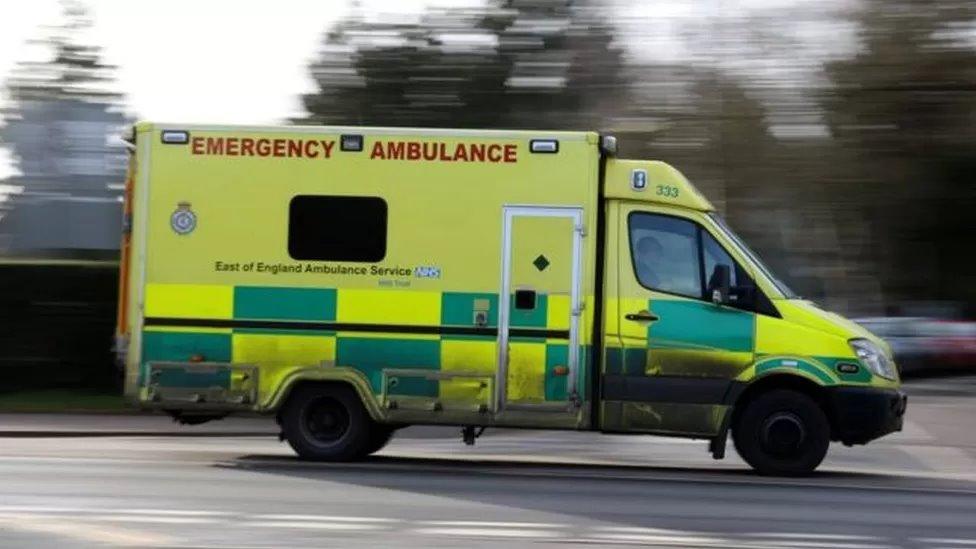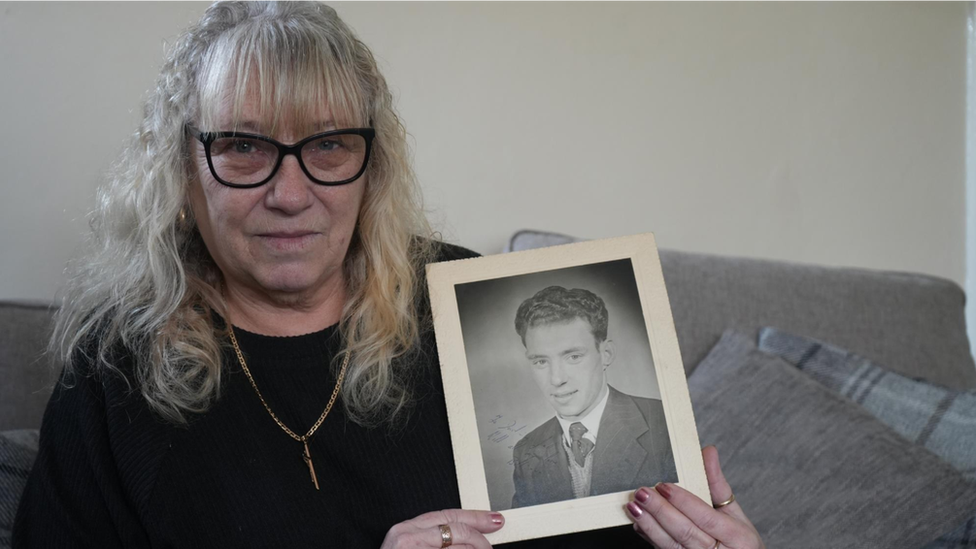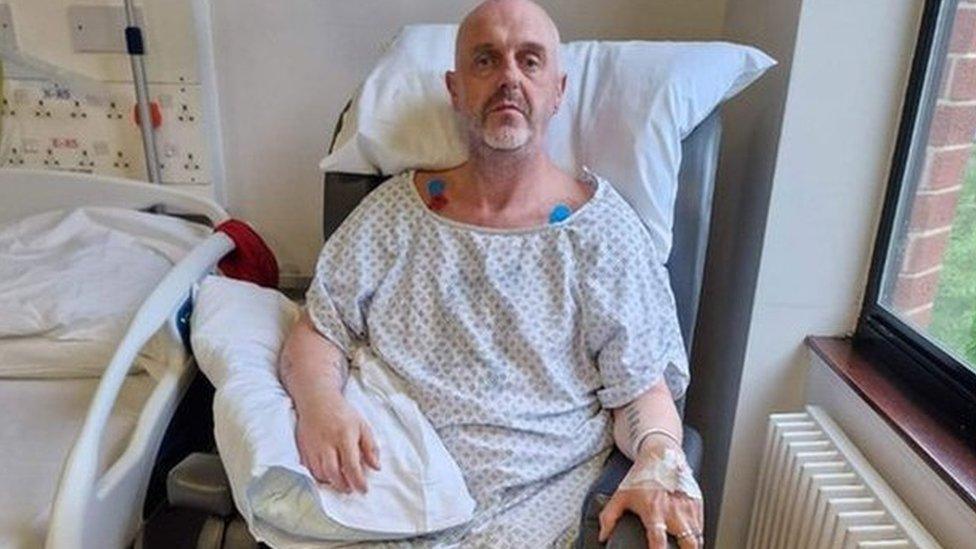East of England Ambulance Service crews treating sicker patients say bosses
- Published

The number of the most serious calls to the East of England Ambulance Service has risen significantly
Health leaders at the East of England Ambulance Service said paramedics had been treating sicker patients, creating "unprecedented" demand on services.
The details were included in a report, external submitted to the Suffolk Health Scrutiny Committee on Wednesday.
The service told the meeting that many more patients had been presenting with life-threatening conditions.
The ambulance trust's deputy chief executive Kate Vaughton said it had been "an incredibly difficult time".
Latest data from the service showed the proportion of calls for life-threatening conditions had nearly doubled since 2019.
The submitted report said between October and December 2022, Category 1 (C1) calls for the most seriously unwell patients accounted for 16% of all incidents.
"We have seen a significant rise in demand," said Ms Vaughton, citing an "overall accumulation of factors based around what the population has been through in the last couple of years" for the rise in C1 calls.

In its briefing, the trust said deterioration in the condition of patients was affecting its performance, owing to the increase in the amount of time it had to spend with them.
Later in the meeting, the interim chief executive of West Suffolk Hospital, Craig Black, said the health and social care system had been "systematically undersized".
"Wherever there has been what has been seen as spare capacity, we have stripped it out in the interests of saving money," he said.
"It meant that we were in a much worse position than we should have been when we faced the pandemic."
Health think tank, The Nuffield Trust, said the deterioration in patient health was likely attributable to a number of factors.
A fellow at the trust, Jessica Morris, said: "It's likely that the increase in life-threatening incidents seen by ambulance services is due to more people being seriously unwell this winter - a spike in flu, Covid and Respiratory Syncytial Virus (RSV), as well as the very cold weather, all contributed to this in December."
'Increased pressure'
In a statement, the ambulance service said: "We have seen a significant increase in the number of seriously ill patients we are called to attend.
"In December 2019 we were called to 8,500 C1 calls (the most serious category of patient) - representing around 10% of all incidents.
"In December 2022 that figure was more than 11,200 and represented 18% of all incidents.
"The causes of this include the Covid pandemic itself and the increase in pressure on the system following the end of restrictions.
"This increased pressure has affected all parts of the NHS and we are working with our NHS partners to find ways to help people get the right care at the right time."

Find BBC News: East of England on Facebook, external, Instagram, external and Twitter, external. If you have a story suggestion email eastofenglandnews@bbc.co.uk, external
- Published6 January 2023

- Published4 January 2023

- Published2 December 2022
